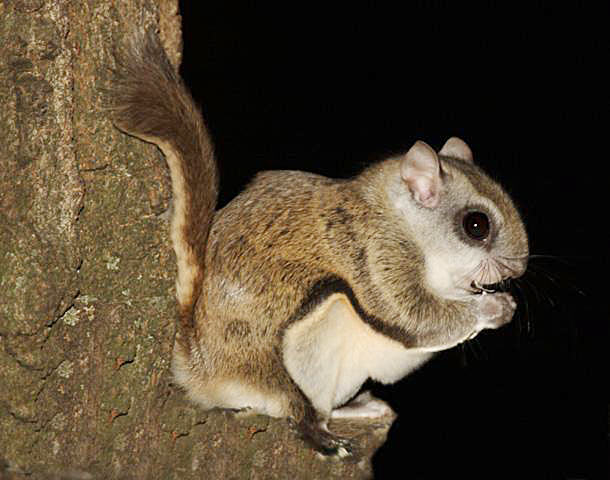
But Joyce is trying to find out, heading a pilot project now to capture both the ultrasonic voices of flying squirrels and to capture their images on trail cameras as well as photo reports from Northland residents. Whether the shift is happening as rapidly in Minnesota isn’t yet clear. “In our trapping in the northern third (of Wisconsin) over the past five or so years, we are commonly catching southerns and only very rarely do we catch a northern,’’ said Staffen, who is somewhat hopeful that the southern's preference for hardwoods may offer the northern flying squirrel some bastion of safety in the region's conifer forests. Northerns seem to be vanishing from most of the state. Now, southern flying squirrels have advanced north all the way to Lake Superior, said Rich Staffen, a zoologist in the Wisconsin Department of Natural Resources’ nongame program. In Wisconsin, northern flying squirrels held the northern third of the state as recently as 30 years ago when wildlife biology students at the University of Wisconsin-Stevens Point commonly recorded them not far from the central Wisconsin campus. Especially for such a small animal that doesn’t move around much, that has a pretty small home range, that’s a really rapid rate of range movement."

The southern flying squirrels “probably get knocked back a little during the occasional hard winters, but that was the average movement,’’ said Michael Joyce, a wildlife ecologist with the Natural Resources Research Institute at the University of Minnesota Duluth. One study in Ontario found that southern flying squirrels are moving north - and replacing northern flying squirrels - at a rate of about 12.5 miles each year. DULUTH - They are your neighbors that you never see, creatures of the night that spend their days hiding in trees across the Northland and come out only when it’s dark.įlying squirrels are probably a lot more common than you think, found across most of Minnesota and Wisconsin's forested counties and living their lives pretty much unbothered by humans, who are mostly asleep when the big-eyed squirrels are out foraging for food.īut recent research shows that northern flying squirrels, the species that once dominated Northland forests, are being pushed north at an alarming rate - another victim of a warming climate following other species like moose, lynx and spruce grouse.


 0 kommentar(er)
0 kommentar(er)
